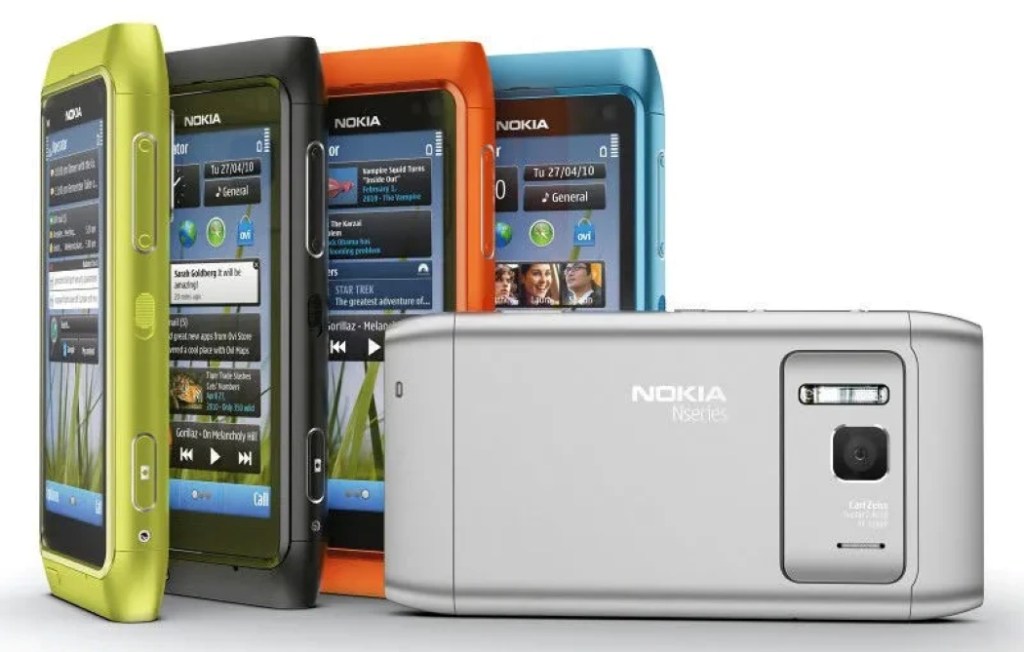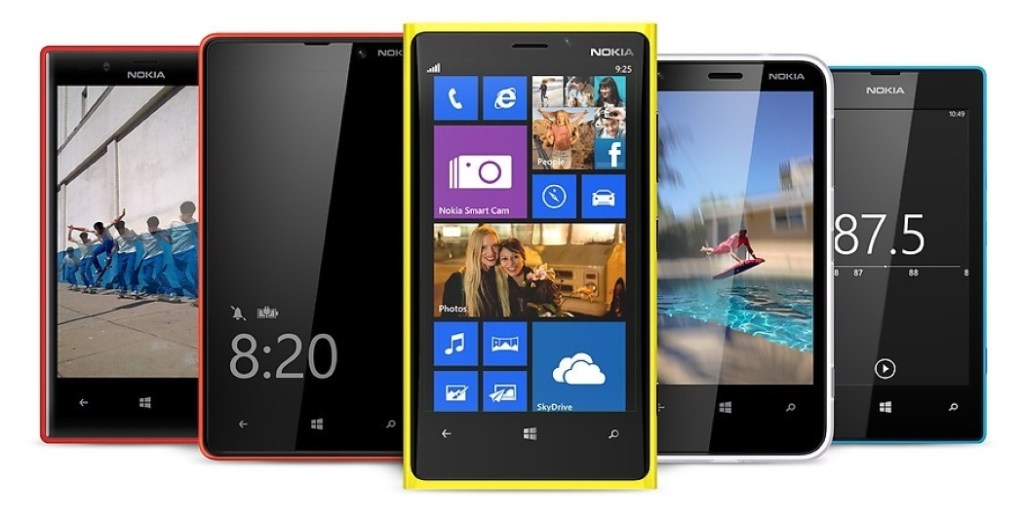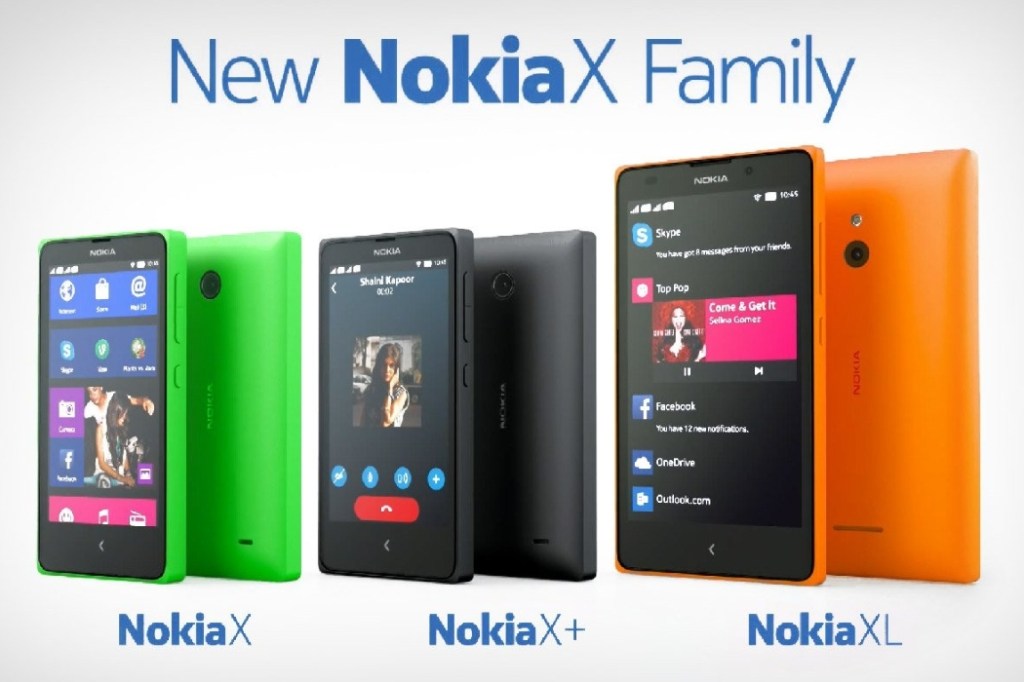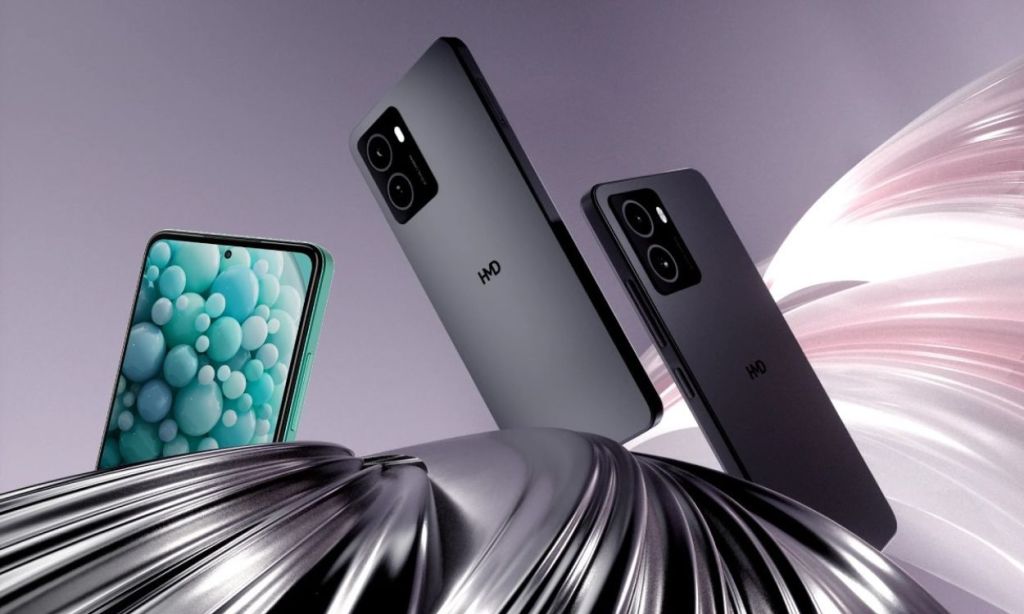- Nokia's rigidity to adapt to the changing mobile market in its initial days and sticking to their in-house Symbian OS led to their first downfall.
- Partnering with Microsoft to exclusively sell Windows Phone that lacked essential apps and soon turned into a buggy mess resulted in its second death.
- HMD's high price tag for their flagship devices and lackluster phones that didn't keep up with the user's demands steered Nokia as a brand to its final demise.
If there’s one smartphone brand people will remember for generations, it is Nokia. The Finnish company that once “Connected people” and was at the pinnacle of mobile phone technology and innovations died a gruesome death, with the brand “Nokia” dying a few more deaths in the same decade. Nokia has completely lost its value now with even the brand’s latest owners, HMD Global, ditching the branding in favor of their own with their new Pulse series of devices.
The Nokia fiasco isn’t just one bad decision, but a series of bad decisions that led to the brand’s downfall. We shall look at all of them briefly in this article, or should I say, “DOs and DON’Ts of running a Smartphone Business 101: A Brief Guide.”
Nokia’s First and Second Deaths: Inability to Adapt
Many blame the Windows Phone for the beloved Finnish manufacturer’s failure, but the company died a death even before working with Microsoft.
Following the success of the original iPhone, other brands quickly adopted touchscreen input for their phones. However, Nokia stuck to releasing phones with a qwerty keyboard. Even when it did launch touchscreen devices, it slapped a sliding qwerty keyboard at the back. This half-baked commitment resulted in poor sales.

They finally created a proper touchscreen device in the form of the Nokia N8 in 2011. However, it was too late by then, as other brands had already established themselves. N8 could have still succeeded if only it didn’t come with Nokia’s in-house Symbian OS. But for some reason, Nokia kept using Symbian instead of switching over to Android early on.
Symbian was clunky and lacked proper app support, unlike Android and iOS. This rigidity towards change led to their first death.
Nokia’s Death: The Windows Phone Dilemma
In a desperate attempt to catch up to the market, Nokia then partnered with Microsoft to exclusively ship their smartphone with the Windows Phone platform. This new lineup would sell under the Lumia banner. Nokia also merged its services with Microsoft. Like Bing Search would show results for Nokia Maps. Yes, Nokia had their Map service, and it was better than Apple’s.

This deal did seem fruitful. Nokia’s hardware coupled with Windows Phone looked ahead of its time with Live tiles and a metro theme. Nokia’s camera science was also remarkable. Not only that, Nokia released some exciting budget devices like the Lumia 520, which I owned and which was one of its highest-selling devices. The colorful options Lumia phones came in were also a stark contrast to the dull black, gray, and white smartphones available at the time.
People were getting warm to the platform. However, there was a severe lack of apps that people wanted at the time in the Microsoft Marketplace. WhatsApp took a while to come to the platform, Snapchat was absent and Instagram rarely received any updates. This gap led to people alienating the platform again.
The Android “Mistake”
By 2014, Microsoft had acquired Nokia for $7.2 Billion, which cemented that we would only see Windows Phone from the brand. But, I guess Nokia realized that the platform wouldn’t last long and surprisingly released a series of Android smartphones as the Nokia X series. This was a weird step for the company that earlier refused to adopt Android.

The news of a Nokia device running on Android made fans quite happy, but this happiness wouldn’t last long. See, the Nokia X phones were an amalgamation of Android, Windows, and their MeeGo devices. It used Android, but the interface was similar to Windows Phone while featuring settings from MeeGo like the Fastlane page. It also didn’t have the Google Play Store. Instead, you had to sideload your favorite Android apps. Simply put, this endeavor was a complete failure.
The Fall of Windows 10 Mobile
By 2015, even Microsoft couldn’t ignore the lack of apps on their platform. So they had an ingenious idea of developing a platform that combines the mobile and desktop operating systems. It was eventually called Windows 10 Mobile. The idea was, desktop apps made for Windows 10 will also be usable on the mobile version. The concept was great, but its execution wasn’t.

Windows 10 Mobile was riddled with bugs and performance issues from the get-go. What was once a smooth-running platform, started to lag heavily, even on the most powerful devices. Coupled with crashes and a downgrade in design, you have a recipe for disaster.
Michael Fischer’s review of the Lumia 950 XL that shipped with Windows 10 Mobile was titled “Nope”. He highlighted all the issues that plagued the flagship device of the Lumia series. Suffice it to say that even the most hardcore Windows Phone fans couldn’t defend this platform.
Any goodwill Nokia branded Windows Phones had at the time drowned when those phones received this update.
Nokia’s Third Death: The Final Nail in the Coffin
In 2014, the Finnish giant “Home of Nokia Mobile Devices” sold the Nokia brand to Microsoft. Microsoft, in 2016, sold the rights to use the Nokia brand name to HMD Global (Human Mobile Devices) which was founded by former Nokia executive Jean-Francois Baril.
A year after the acquisition, it was clear that Nokia would be purely focusing on Android. This led to their first release.
The HMD Era with Android One

Nokia, rather HMD Global, launched the first true Nokia Android phone – the Nokia 6. The initial impressions were okay-ish. One of the highlights of the phones and the Nokia phones that followed was Android One, meaning the devices would run stock Android and get 2 major software updates. This was a big deal back in the day when Android manufacturers would push one update and give up on any further development for their devices.
Android One, followed by Nokia’s great build quality and even better device launches like the Nokia 6.1, 6.1 Plus, 5.1 Plus, 7 Plus (which our Editor owned back in the day and adored for its build), and a few others gained HMD Global a good reputation.

However, at the same time, we saw HMD was consistently overpricing its flagships like the Nokia 8, 8 Sirocco, and Nokia 9 PureView. And the phones weren’t even that good. Sure, HMD’s Nokia mid-range devices were more expensive than others, but Nokia’s flagships were more expensive than what they offered.
Inability to Adapt, Well, Again
Unfortunately, the new HMD-backed Nokia period was short-lived as other Android manufacturers caught up in terms of updates, stayed up to date with the trends, and improved their software skins.
HMD, on the other hand, didn’t adapt or step up its efforts. The company continued offering similar low-specced, expensive devices with two years of Android updates. They also were reluctant to adapt to the latest innovations, be it slimmer bezels, faster charging, or higher megapixel cameras in their Nokia phones. Furthermore, the company struggled to adhere to its promises as the updates were mostly delayed with the brand shying away from pushing even major promised updates to phones that were supposed to get them.
To add insult to injury, the updates were riddled with bugs, rendering the device unusable. For example, as soon as the Android 12 update was available to Nokia 8.3 owners, there were reports of bricked devices. What ended HMD’s motivation was its inability to push the Android 11 update to its flagship device, the Nokia 9 PureView.
HMD offered discounts to Nokia 9 PureView users on other Nokia smartphones to apologize for the same. But that was handled poorly, and unsurprisingly, no one took the offer, another major reason why people’s trust lifted from Nokia.
Nokia’s Death: HMD’s Back At It
As of writing this, HMD Global still has a few Nokia devices in its portfolio like the Nokia G42, C32, and C22 in India, and they aren’t anything to write home about. They announced back in MWC that they would drop the “Nokia” branding completely.
As expected, HMD recently launched its Pulse series of smartphones. At first glance, they look far from interesting and are outdated as per 2024 standards with HD displays, Unisoc SoC, and a higher price than what other manufacturers are charging for phones with better specifications. They seem to be Chinese knock-offs with the HMD branding.
As someone who loved using Nokia phones before, I’m glad these HMD devices aren’t Nokia-branded because in no way do these represent the innovation previous Nokia devices brought to the table.

The reason we feel HMD Global didn’t do well is due to their inability to adapt, which is unironically the same reason why Nokia died two deaths prior to its recent one. The lack of innovative ideas and getting a bit too comfortable with what they were doing is what led to Nokia’s ultimate death.
Connectinged People: Rest in Peace Nokia
Nokia, a brand that meant quality and innovation, is now dead. Sadly, those days are far behind in the rear view mirror to even see them and new names like Xiaomi and Moto, have taken the brand’s place. If only the brand adopted Android earlier or if Microsoft managed to bring more developers on board to develop apps for its platform, it could have thrived. But alas, I think the current reality is that the brand has been put to rest for the best.

The smartphone market these days is just way more competitive than it used to be a decade ago. Competitiveness drives innovations left and right but it’s impossible to survive with the mindset of Nokia and its later parent firms.
Have you used Nokia phones before? Share with us your cherished memories of your favorite Nokia devices and insights on what else the brand could’ve done to survive.



















Nice Article! keep posting more.